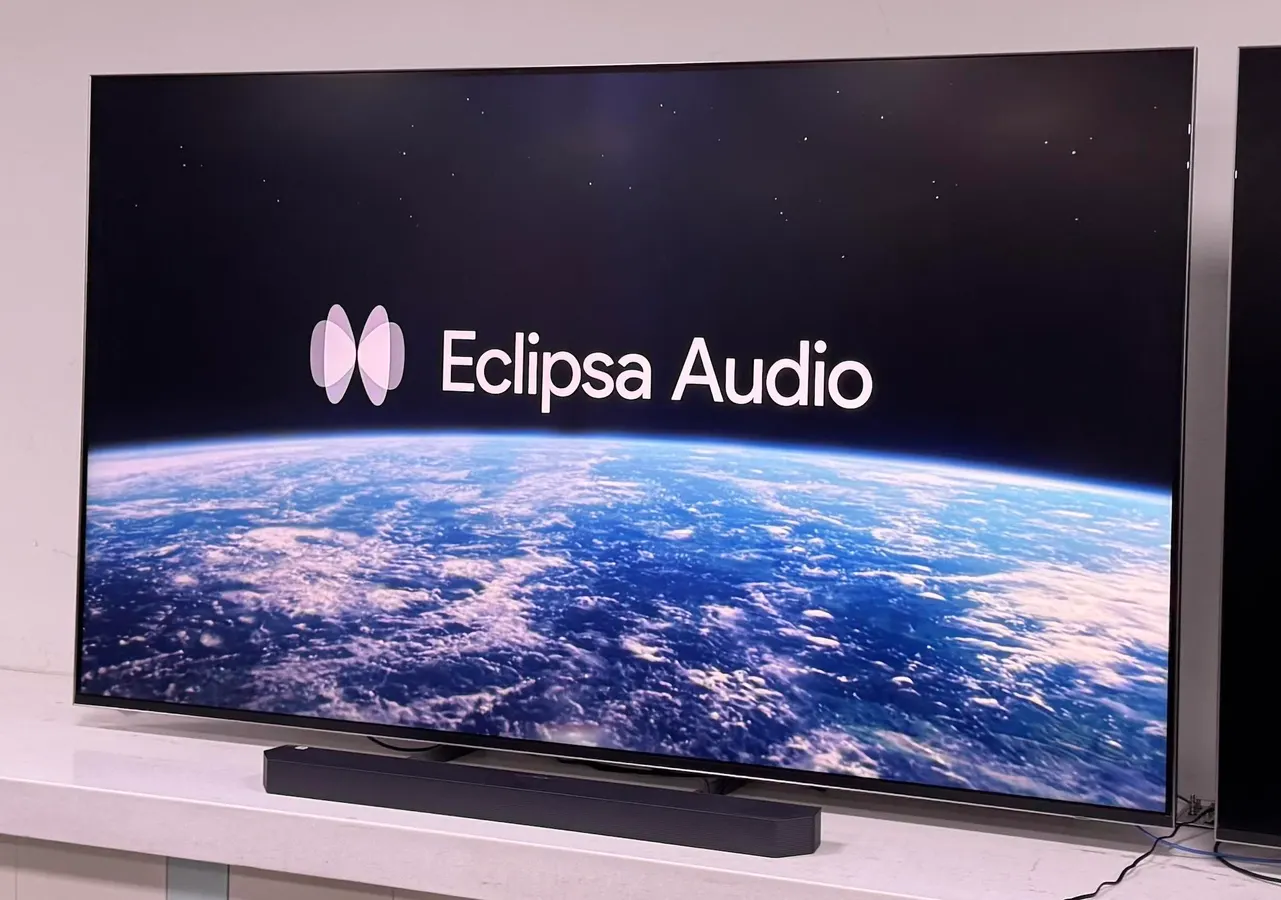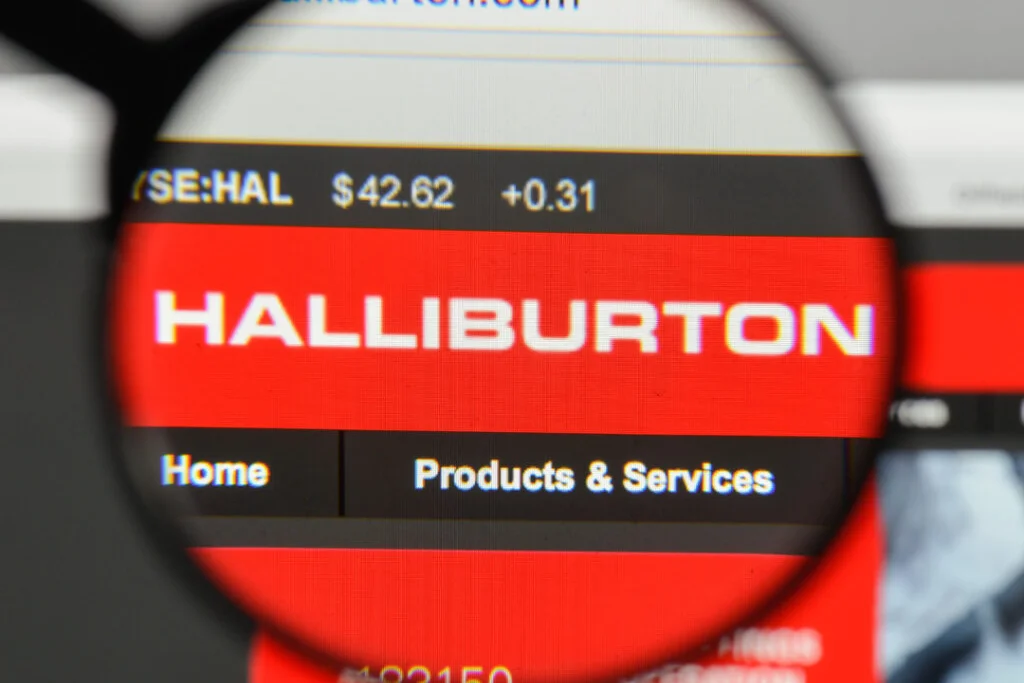Copyright forbes

Not content with taking on Dolby Vision in the high dynamic range video sphere with its new HDR10+ Advanced format, Samsung has now just announced an expansion to the new Eclipsa Audio format it launched in collaboration with Google at the start of 2025 as a potential rival to the Dolby Atmos audio system. Set to arrive in what Samsung will only currently confirm as “the near term”, Eclipsa 2.0 builds on the format’s debut set up by adding support for more channels than the current 28 upper limit, and making the format truly “object based – meaning that sound designers can construct much more advanced sound stages and place specific sound effects and elements within a scene with more precision. A recent demonstration of Eclipsa Audio 2.0 I attended delivered much improved results. Photo: John Archer Eclipsa Audio is a 3D, 360-degree spatial audio technology based on the open-source Immersive Audio Model and Formats (IAMF) specifications. Its multi-channel architecture allows users to isolate or enhance specific audio elements to create a more personalized listening experience, and it can adapt audio positioning, intensity and spatial reflections to a variety of environments, such as home theater, gaming or mobile devices. Unlike Dolby Atmos (or DTS:X), Eclipsa Audio is royalty-free – though at the time of writing it doesn’t have the width of support across the AV industry that the DTS and, especially, Dolby Atmos sound systems have. It is available on no less popular a video platform than YouTube, though, where content creators will particularly appreciate its open-source, royalty-free nature, while on the hardware side it’s already supported on Samsung TVs as well as Harman audio products (including the Samsung soundbars created through Harman’s labs). Samsung claims, too, that the supportive brand ecosystem is “growing” – at which point it’s maybe worth recalling that the IAMF specification Eclipsa Audio is built on was officially adopted in 2023 by the Alliance for Open Media, a global consortium backed by Netflix, Meta and numerous other major technology companies alongside the Samsung and Google combination behind Eclipsa. MORE FOR YOU The Google connection with Eclipsa seems likely to help open doors to both more hardware and app/platform support for the new sound format, too. In fact, Google has now released an open authoring tool for Eclipsa Audio/IAMF content creation, as well as confirming, crucially, that the audio format will be supported on upcoming versions of the Android OS smart platform. Newly Certified Perhaps the biggest development in Eclipsa Audio’s journey, though, is its new certification program. Launched in October under the management of the HDR10+ LLC with testing performed by the Telecommunications Technology Association (TTA), this certification program is designed to ensure consistent quality and compatibility across devices and platforms – and of course, the first TVs to formally meet this new program’s performance requirements come from Samsung. Eclipsa has always been designed to comply with ITU-R BS.1770-4 loudness standards, meaning it should be able to ensure consistent audio levels across streaming platforms, but the new certification process should raise the core consistency standards of Eclipsa Audio across a much wider range of criteria. I was lucky enough recently to be treated to a demonstration of the new and improved Eclipsa Audio system running through a Samsung TV accompanied by a Samsung surround soundbar/rear speaker system – and I’m happy to say it sounded massively improved from the debut version of Eclipsa I first heard back at the start of 2025. The sense of three-dimensional space was far better defined, sound effects were placed with much more precision, transitions of sounds around the soundstage were handled more smoothly and aggressively, and most striking of all, the soundstage seemed much less dependent on you sitting in a particular sweet spot to deliver good results. Keep an eye on my Forbes channel for further Eclipsa Audio adoption updates – including, I suspect, a development or two from the upcoming CES in January 2026. Related Reading Samsung Responds To Dolby Vision 2 With New HDR10+ Advanced Standard—And A Major Streamer Is Already Onboard Editorial StandardsReprints & Permissions



